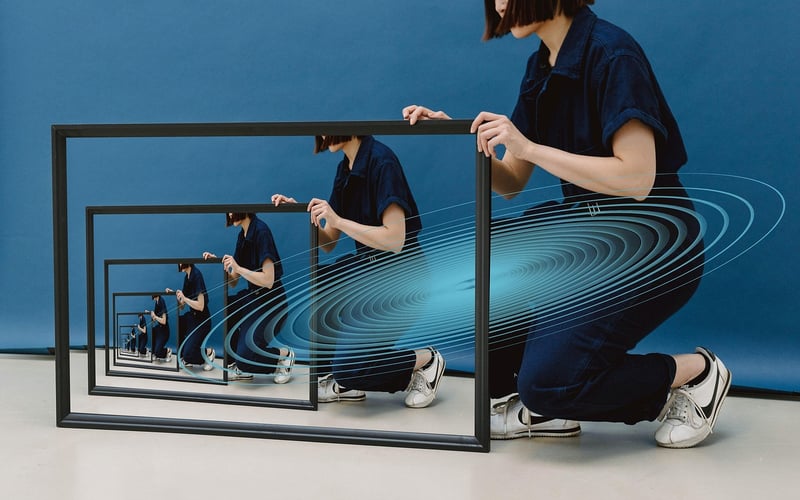Alternate Realities
The Science Behind Time Travel and Alternate Realities
Time travel and alternate realities have long been popular themes in science fiction, capturing the imagination of many. But what does science have to say about these concepts? Let's explore the fascinating world of time travel and alternate realities from a scientific perspective.
Time Travel
According to the theory of relativity proposed by Albert Einstein, time is relative and can be affected by gravity and speed. This theory opens up the possibility of time travel, albeit in a very different way than what we see in movies.
One concept of time travel involves traveling at speeds close to the speed of light. According to Einstein's theory, time dilation occurs as an object approaches the speed of light, causing time to slow down for that object relative to a stationary observer. This means that an astronaut traveling at near-light speeds could experience less time passing compared to people on Earth.
Another idea is time travel through wormholes. Wormholes are theoretical passages through spacetime that could create shortcuts for long journeys across the universe. While wormholes remain theoretical and have not been proven to exist, they are a popular concept in science fiction for enabling time travel.
Alternate Realities
The concept of alternate realities, also known as parallel universes or multiverses, suggests that there could be multiple universes existing parallel to our own. Each universe could have its own set of physical laws, constants, and even versions of ourselves living different lives.
One theory that supports the idea of alternate realities is the Many-Worlds Interpretation of quantum mechanics. According to this interpretation, every quantum event results in a branching of the universe into multiple parallel universes, each representing a different outcome of that event.
While the existence of alternate realities remains a speculative concept in physics, it continues to spark the imagination of scientists and science fiction enthusiasts alike.
Conclusion
Time travel and alternate realities are intriguing concepts that push the boundaries of our understanding of the universe. While current scientific knowledge does not provide concrete methods for time travel or definitive proof of alternate realities, the theoretical frameworks exist within the realm of physics.
Whether through exploring the effects of relativity on time or pondering the existence of parallel universes, the science behind time travel and alternate realities continues to inspire curiosity and wonder about the nature of our universe.


